Nowadays, the number of frameworks have greatly increased, and as you may know, Bootstrap from Twitter is on the top trending. To help you pick the most appropriate framework to use, we have listed 10 best frameworks available today for Bootstrap alternative.
1.Foundation-
Foundation is a responsive front-end framework. Foundation provides a responsive grid and HTML and CSS UI components, templates, and code snippets, including typography, forms, buttons, navigation and other interface elements, as well as optional functionality provided by JavaScript extensions.Foundation is most likely the toughest rival for Twitter Bootstrap.
Foundation Features-
- Open-sourced full (HTML, CSS, and JavaScript) front-end framework.
- CSS preprocessor: Sass.
- 12-column grid system.
- “Mobile-first” responsive design.
- ES6 JavaScript components and plugins.
- Pre-styled, ready-to-use UI components.
- The Pure Grid system comes in two flavors: Standard and Responsive.
- Pure has several prebuilt common elements as grids, forms, buttons, tables, paginators and CSS Dropdown menu.
- Possibility to change “Submitted by” display on all nodes.
- Flexslider (Responsive Slider).
- Social links integration.
- Bi-directional right to left (RTL) theming.
- Very lightweight, only 2kB when Gzipped.
- Uses CSS Flexbox as the grid system.
- Ideal for Developers who are creating a small project that doesn’t require many styling components and want to use a CSS Flexbox grid system.
Milligram Showcase:
4.Semantic UI-
Semantic is a development framework that helps to create stunning designs and responsive layouts using very friendly.The structure of Semantic UI components is much more difficult than Bootstrap, as is the installation process. While Bootstrap provides only one basic theme, Semantic UI includes more than 20+ themes in its basic package, in addition to CSS, JS, and fonts files. It also includes Composer, Bower, and Gulp config files.
Semantic UI Features-
- Redesign Infinitely-: Creating a site in Semantic means you never have to rewrite your codebase from scratch.
- Semantic is a modern framework offering almost all you need out-of-the-box to build modern websites. With so new build tools, new ui definitions and many components, the need for third-party add-ons is minimal.
5.Materialize-
Materialize has come as a modern responsive front-end framework. This framework is very suitable for those who want to implement Material Design look and feel into their website without any complexity. It features card design, ripple effect animation, Sass mixin, drag out mobile menu and many more.
Materialize Features-
- Materialize is appreciated by fans of Google’s Material Design; it’s known for being responsive, easy to use, and well documented.
- Open source
- Modern looks
- Lightweight
Materialize Showcase-
6.UI Kit-
UIkit is a free, lightweight and modular front-end framework. Developed with LESS, UIkit has a well-structured, expandable and maintainable code. It also offers a grid system which is responsive, fluid and nestable. With UIkit you can build navigation, buttons, modals, dropdown and more responsively. Its comprehensive documentation will make you easier to get started with UIkit
UI Kit Features-
- Create websites on the fly with the drag and drop page builder.
- Customize every aspect of UIkit visually, build and arrange your content, all in one comprehensive and intuitive interface.
- Customize every aspect of UIkit visually, build and arrange your content, all in one comprehensive and intuitive interface.
UI Kit Showcase-
7.Spectre-
It is lightweight, modern, responsive and mobile friendly. It weighs around 6.8KB when served minified and gzipped. Flexbox-based, responsive and mobile-friendly layout and provide Elegantly designed and developed elements and components.
Spectre Features-
- Easy to implement.
- Lightweight: no JavaScript (100% smaller than Bootstrap), and uses less CSS (75% smaller than Bootstrap gzipped).
- Easy to use responsive design with a modern approach, with Flexbox.
8.Skeleton-
Skeleton is a lightweight CSS framework that uses a 12-column grid system. Unlike Bootstrap or Foundation, Skeleton provides you with some fundamentals components only like button, lists, table, forms which aimed to kick-start your development process.
Skeleton Features-
- Best framework for beginners.
- For small projects it should be the first preference.
- Clean & Well maintained Code.
- The main types and web layouts it offers are good enough.
Skeleton Showcase-
9.Mini.css-
For building websites that look beautiful on any and all devices, but also load fast on mobile connections? Then mini.css is the right tool for you! Its tiny size (under 10KB gzipped), along with its responsive grid and modern components ensures that all your users are satisfied and can access your website anytime, anywhere. Bridging the gap between fully-featured frameworks (e.g. Bootstrap and Semantic UI) and micro frameworks.
Mini Features-
- Small size, under 7KB gzipped .
- Work on all devices.
- User friendly documentation.
- Easy to customize.
Mini Showcase-
10.Bulma-
Bulma is an open source CSS framework based on Flexbox.It is the most recent of the three and it gained a lot of popularity among developers lately.By focusing only on CSS, Bulma provides a lightweight solution that can easily be implemented in any development context.
Bulma Features-
- It has one of the easiest learning curves.
- Super light weighted with the entire framework coming in a package of less than 90kb and is modularizable to make it even smaller.
- Based on Flexbox which gives it a great sense of responsive design.
- Highly customizable and modularizable
- modular sass framework to optimize your bundle only to the necessary classes.
Bulma Showcase-
These are some best alternative framework of bootstrap.Share your experience of any of these framework in comment section.
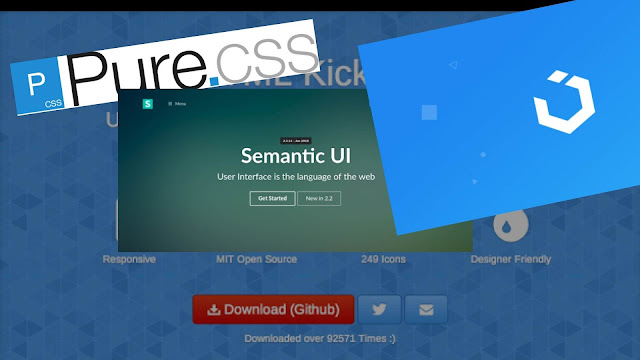


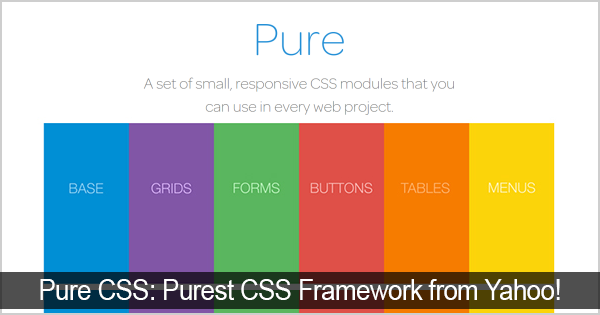
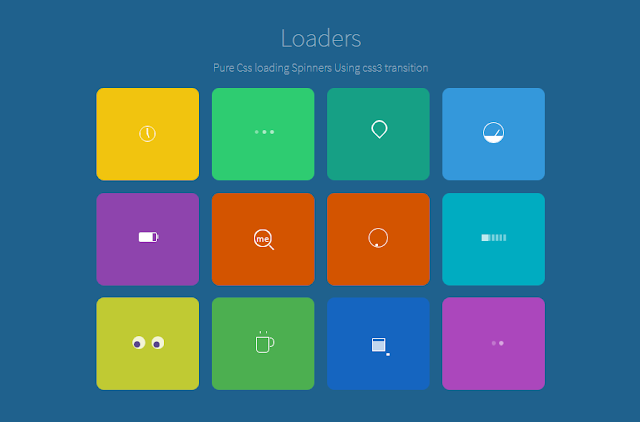

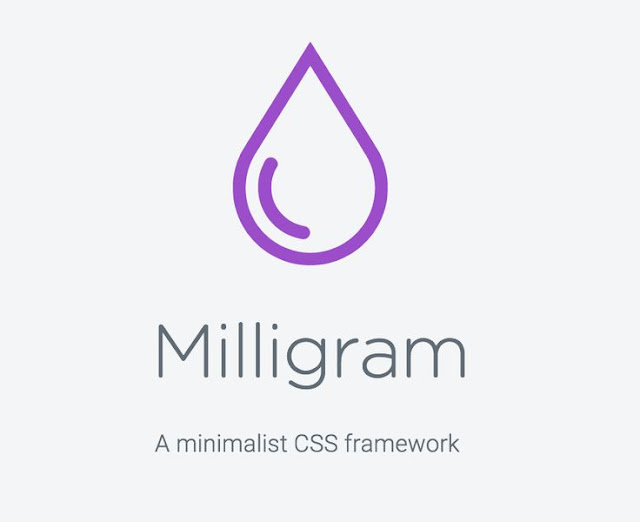
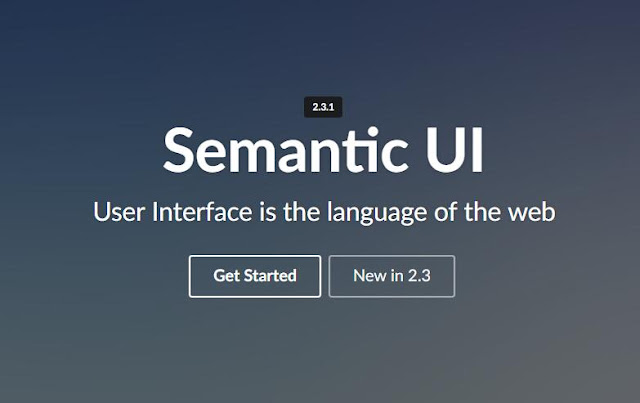
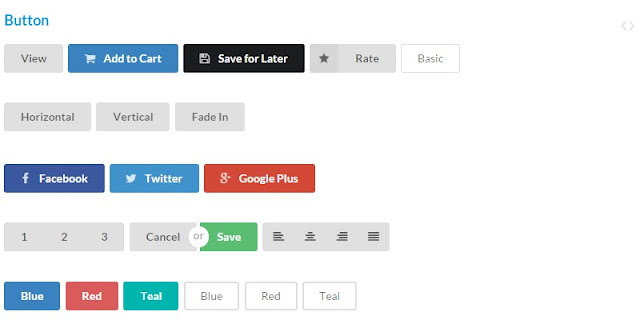

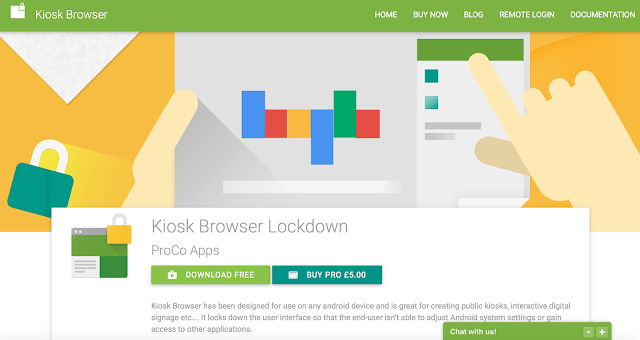

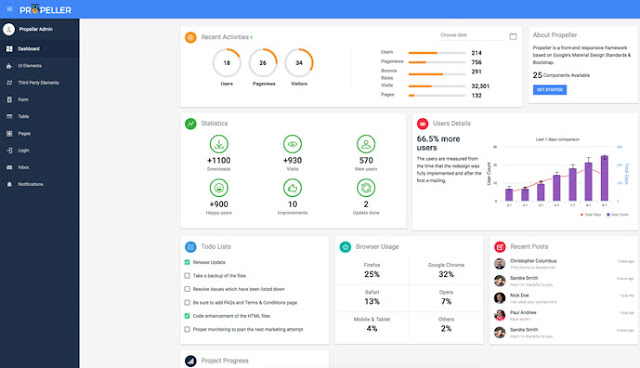

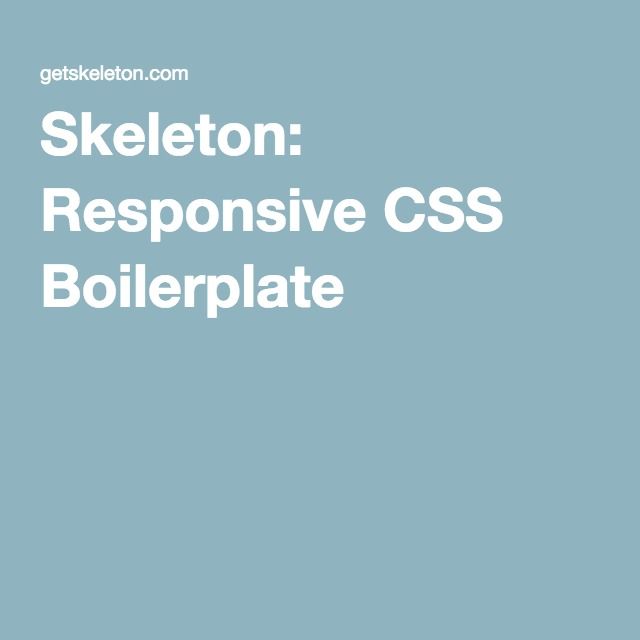


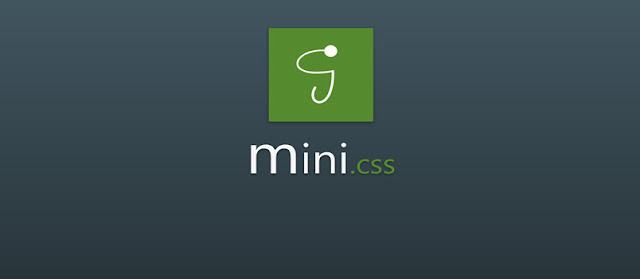
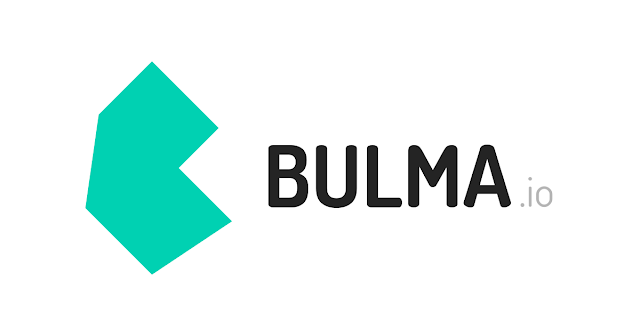

Leave a Reply